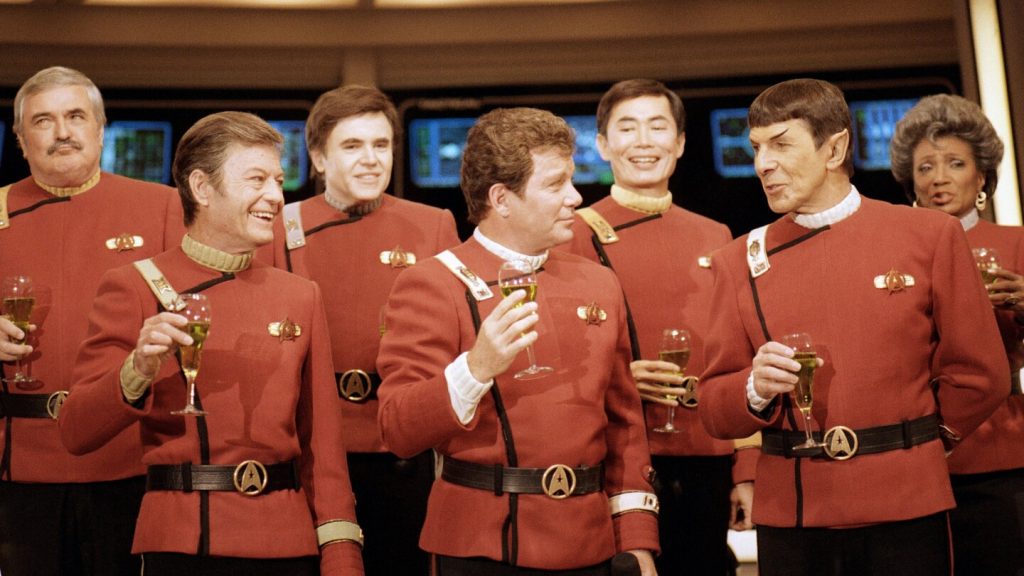George Takei, best known for his role as Hikaru Sulu in the “Star Trek” franchise, is on a mission to educate Americans about the incarceration of 120,000 Japanese Americans during World War II. Takei, who was 4 years old when President Roosevelt signed Executive Order 9066 in 1942, forcibly removing Japanese Americans from their homes, believes that the lesson about the failure of U.S. democracy has not been fully learned. In his new children’s book, “My Lost Freedom,” illustrated by Michelle Lee, Takei shares his own experiences of being imprisoned behind barbed wires in three different camps.
Throughout the Japanese American community, the story of resilience and pursuit of justice has been retold in various books over the years. From Jeanne Wakatsuki Houston’s “Farewell to Manzanar” to Frank Abe and Floyd Cheung’s recent compilation “The Literature of Japanese American Incarceration,” the experiences of those affected by internment have been documented and shared. David Inoue, the executive director of the Japanese American Citizens League, believes that discrimination continues to impact the community, as highlighted by recent anti-Asian attacks during the COVID-19 pandemic.
One significant aspect of Takei’s story is his family’s internment at Tule Lake in northern California, where his parents answered controversial loyalty questionnaire questions. Question No. 27 asked about willingness to serve in the U.S. armed forces, while Question No. 28 inquired about allegiance to the U.S. and renouncing loyalty to the Japanese emperor. Takei’s parents responded with “No” to both questions, leading them to Tule Lake, the largest of the 10 camps, where they were held along with 18,000 other individuals. Young men who answered “Yes” eventually joined the 442nd Regimental Combat Team, the most decorated unit of its size and service length in U.S. military history.
After Japan surrendered, Japanese Americans were released from the internment camps with a small amount of money and a one-way ticket to anywhere in the U.S. Takei and his family chose to start over in Los Angeles, where they faced the challenges of rebuilding their lives. In 1988, the Civil Liberties Act granted redress and a formal apology to those impacted by internment, a milestone achievement after years of advocacy efforts by Japanese Americans, including Takei. Despite the hardships faced by his family and community, Takei remains proud of the diversity depicted in “Star Trek,” a series that aimed to portray different backgrounds and ideas through its characters.
Reflecting on his father’s teachings about the fallibility of government, Takei acknowledges the weaknesses that led to the injustices faced by Japanese Americans during World War II. Gene Roddenberry, the creator of “Star Trek,” sought to represent diversity and unity through the show’s characters, showcasing a vision of a future where people of all backgrounds work together. Through his advocacy, storytelling, and commitment to educating others, George Takei continues to shed light on the impact of internment while advocating for justice, equality, and inclusion.


